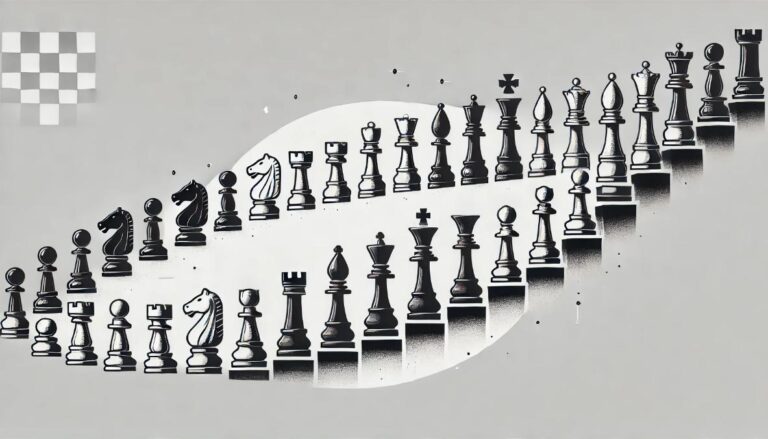Introduction
A pawn is one of the most common and frequently used pieces in the game of chess. It represents the smallest and weakest unit on the chessboard, yet its movements are strategic and crucial in determining the outcome of the game. One of the most exciting and decisive moments in a chess game is when a pawn reaches the other side of the board, also known as promotion. This event often brings about significant changes in the dynamics of the game and can be a game-changer for players. In this article, we will explore what happens when a pawn reaches the other side and how it can impact the game.
The Promotion Rule
In chess, the promotion rule states that when a pawn reaches the other side of the board, it can be replaced by any other piece except for the King. This means that a pawn can be promoted to a queen, rook, bishop, or knight, depending on the player´s choice and the game situation. The new piece takes the spot of the pawn and is considered a normal move, just like any other piece on the board. This rule is an essential aspect of chess, and it allows players to gain a significant advantage by promoting a pawn strategically.
Strategic Importance of Promotion
The promotion of a pawn can significantly impact the course of a chess game. When a pawn reaches the other side, it typically transforms into a stronger piece, which can have a significant effect on the game´s outcome. For example, promoting a pawn to a queen can give the player control over a larger portion of the board, as the queen is the most powerful piece in the game. Similarly, promoting a pawn to a knight or bishop can open up new attacking or defensive possibilities for the player.
The decision to promote a pawn is often a strategic one, and it depends on the player´s game plan, the position of the other pieces, and the opponent´s moves. It requires careful calculation and foresight on the player´s part, as promoting a pawn too early or too late can have adverse consequences. For instance, promoting a pawn too early in the game can result in a weak position and make it vulnerable to attacks by the opponent. On the other hand, promoting a pawn too late can give the opponent an advantage in the game. Therefore, players must plan their pawn promotion carefully and consider the potential consequences before making the move.
Effect on the Opponent
Promoting a pawn not only has an impact on the player making the move but also on the opponent. When a pawn is promoted, the opponent must adapt and adjust their game plan accordingly. This can create new possibilities for the opponent to counter or defend, which can make the game more challenging and exciting. Additionally, the new piece can also pose a threat to the opponent´s pieces, forcing them to move and potentially creating weaknesses in their position. The opponent must also keep in mind the promoted piece´s movement capabilities when making their moves, adding a new layer of complexity to the game.
Conclusion
The promotion of a pawn to a stronger piece is a crucial aspect of chess and can bring about significant changes in the game. It requires careful consideration and calculated moves from both players to utilize the promotion effectively. The new piece can alter the game´s dynamics and impact the opponent´s position, making it a pivotal moment in the game. Next time you see a pawn reaching the other side, remember that it is not just a small, insignificant piece, but a potential game-changer in the hands of a skilled player.

